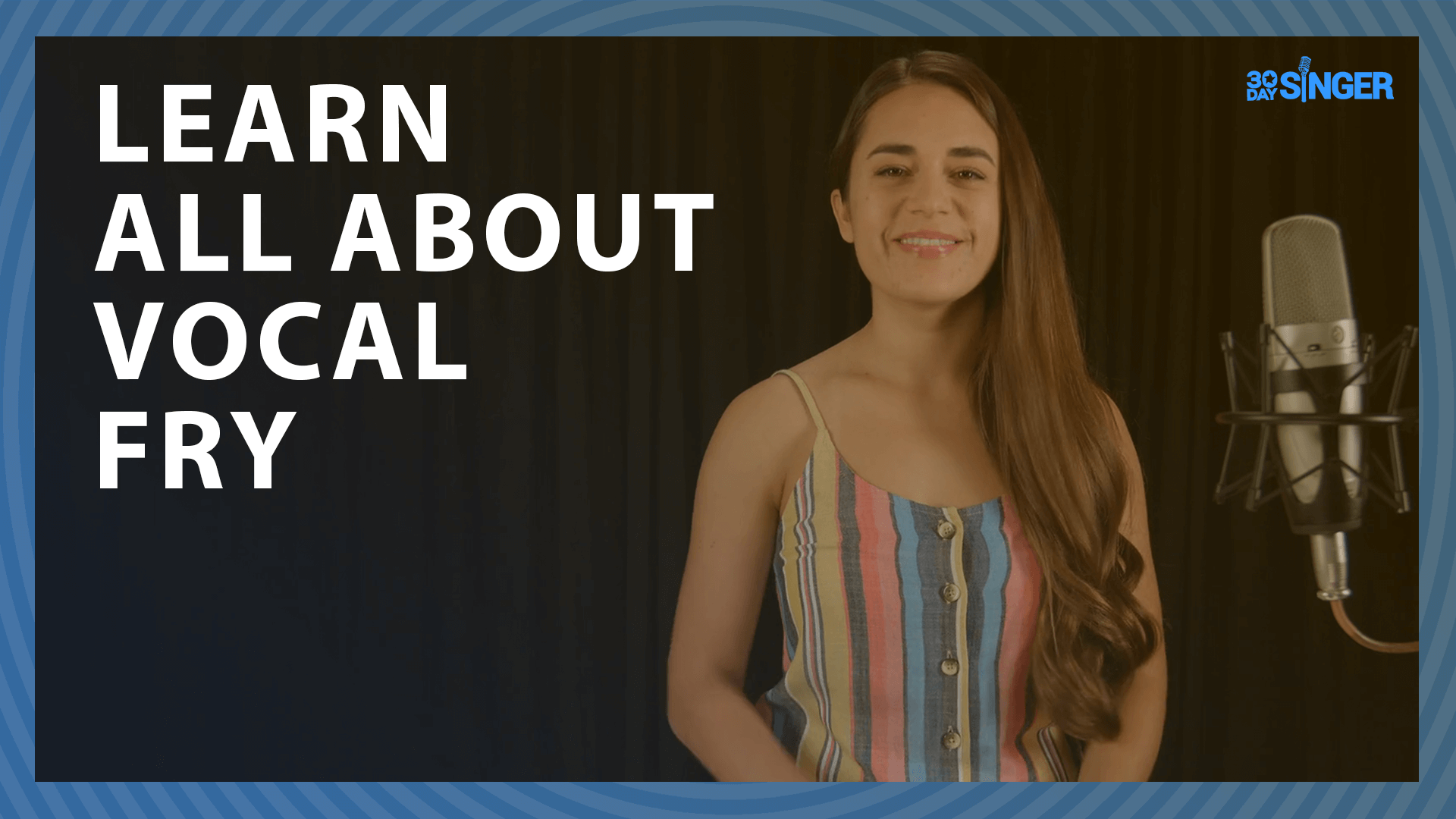Vocal Fry - What is Vocal Fry in Singing?
August 7, 2019By Khalila Sherrod

Vocal fry is a singing technique people seem to be split up on. Many dislike the low, creaky sound of it, and more love the element it adds to a song, but as long as you do it right, those picky listeners might not be instantly turned off. It’s actually used a lot more than people think, and is often disguised with projection. The kicker about it though is keeping the volume and quality while practicing safety. What happens when you amplify vocal fry is you scream, but by safely harnessing that ability, you can create a very gutsy tune that will likely add an emotional distress to your song.
This method of singing is used across almost all music genres in one way or another. In grunge, we have a very classic example of the vocal fry when Kurt Cobain sings low, grovely notes that flourishes teenage angst like no other tune could. In classic rock, singers such as Mick Jagger and Janis Joplin use it to their full advantage, through every means possible to get that raw energy from the radio to the listener. And in metal and punk rock, it mostly channels a controlled shout that can come out extremely moving. Regardless of what approach is used, vocal fry is a very useful tool that helps many artists create a sound unique to themselves and others.
How it’s done is another matter. Most singing involves opening the throat as much as possible to push the air from your diaphragm up and out. Vocal fry has the same basic goal- to use the diaphragm, but what really makes it different is that instead of widening the passage, you’ll try to close it instead. The actual fry that you’re looking for will come when your vocal folds are compacted, yet vibrating with just enough air to make that succession of low, popping noises. Depending on how you do it, this can come out lower or higher than the set range you have. In fact, technically speaking, vocal fry is the deepest possible register for anyone. Many choir singers will use it this way to generate a tune lower than what is capable of the modal register, which is what we use to regularly talk and sing in.
 Learn all about vocal fry here.
Learn all about vocal fry here.
Unfortunately, it is not only a challenge to do this, but widely discouraged as well. Many coaches believe that vocal fry can cause permanent damage to your larynx, and even cause you to lose those higher notes used in softer, breathier singing. While this is true, that doesn’t mean you have to stop all together, as long as you follow the most important rule of safety. This particular technique is only high-risk if you don’t properly wield it, so remember to not overuse it while singing and in your songs. Besides, being a one-noter isn’t very inspiring! Drink plenty of water as you would with any other style, practice good posture, tongue position, and throat exercises, and always be aware of how your body reacts to vocal fry; nothing should feel sore from it. Do this and you can maintain your singing career with minimal to no damage.


